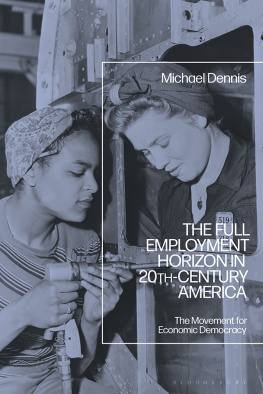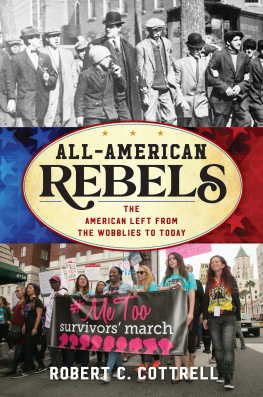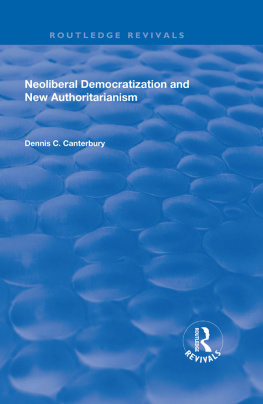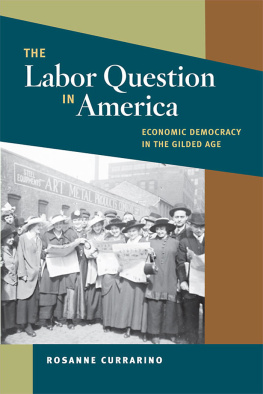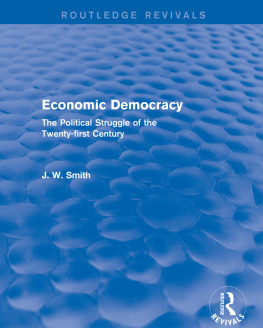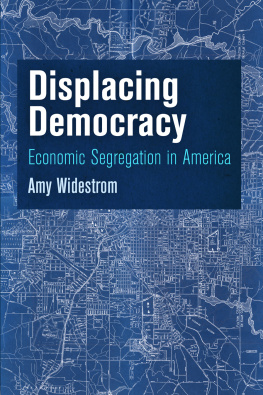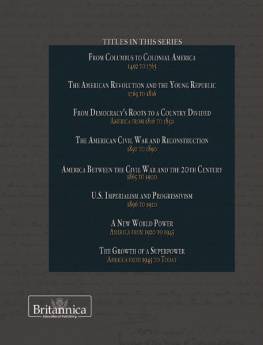You know you are getting to the end of a project when you write the acknowledgments. It has been a long road, but several people have made the burden lighter and the rewards of research that much more enjoyable. I would like to thank in particular Timothy Horning, archivist at the University of Pennsylvania; Donna McCrae, archivist at the University of Montana-Missoula; Lauren Stark, archivist at the Schomburg Center for Research in Black Culture; Marsha Mills, archivist at the Hagley Museum and Library, and the staff at the Minnesota Historical Society. For her encouragement, support, and enthusiasm for the project when it was in the hands of another press, I would like to express my sincere gratitude to Bridget-Flannery McCoy. For her considerable determination in hunting down key sources and looking up obscure citations, I must not forget to thank Wilma Carty of the Interlibrary Loan Department at Acadia. Conducting research at a small liberal arts university can be challenging at the best of times; Wilma has made it much easier. For their indispensable support, insight, and professionalism, I would like to thank Maddie Holder and Abigail Lane of Bloomsbury Press. Similarly, my gratitude to project manager Shanmathi Priya Sampath for her dedication to this project and patience throughout. Researcher Peggy Ann Brown provided indispensable and meticulous assistance through her work on my behalf at the Library of Congress to which I am very grateful. I would also like to thank Kamlesh Pant for his editorial inputs. In addition Afnan Farooqui exceptly prepared the bibliography and Kelsey McGowan read the entire manuscript with a keen and discerning eye, I am grateful to both.
I would also like to express my gratitude to the three referees who contributed invaluably to the revision of and rethinking about the book. For being a great sounding board and a having terrific insight into the American experience, even though hes a Kantian philosopher, my Acadia colleague and friend, Paul Abela; for his knowledge and insight into modern monetary theory, my Acadia colleague John Murimboh. For comments and conversation on a paper I delivered on women and the movement for full employment in the 1970s, I would like to thank Dorothy Sue Cobble and Shelton Stromquist. For continuing to be an excellent supervisor even years after I graduated as well as a scholar of unparalleled erudition and a great friend, W. Fitzhugh Brundage. Finally, for her indefatigable support, patience, and comradeship, I would like to thank my wife, Melanie. This ones for you.
Full employment is in the air now. Touted as the solution to chronic inequalities of wealth by a growing list of policy experts, proclaimed as an existential fact by mainstream economists, and probed by scholars convinced that an updated New Deal is the answer to the seemingly inexorable tide of corporate downsizing and automation, the idea has achieved a kind of purchase on the public discourse it has not had since the 1970s. The proximate cause of the full employment revival was the financial collapse of 2008, which exposed the yawning gap between the 1 percent and the rest of American society. In a deeper sense, the rejuvenation of interest in the kind of economic planning that would in fact create enough jobs for all those who seek them reflects the return of class consciousness to American society.
Using this language immediately conjures up the image of Marxand so it shouldsince a revival of interest in Marxism developed alongside the renewed interest in full employment. So too did an interest in right-wing populism. In response to the malfeasance of Wall Street financiers, many Americans who had been told that class divisions no longer mattered, that distributional struggles were over, that a consumer utopia was available to any and all who accepted an unregulated market economy, and that the war on terrorism was the only legitimate focus of public policy and public attention said, in effect, nonsense. Instead of the product of some sea-change among professional economists, the majority of whom still believe that markets operate efficiently when left alone, the renewed interest in marxism and economic planning is the result of a rupture in the dominant consensus. Put differently, absent the jargon, its the product of frustration at a bipartisan elite that failed to advance a program of genuine social reform during a moment of nearly unprecedented crisis. The rise of white-wing populism and the election of Donald Trump to the presidency added an element of fear to the equation. Now, it seemed, the mythic white working class, the allegedly new forgotten men and women, had turned for answers to a nationalist xenophobe who also happened to speak in the language of class. Crisis, promises of change (Obama), frustration, right-wing populist wave: the way that the 1930s might have gone had it not been for a resurgent labor movement and the activism of the unemployed.

